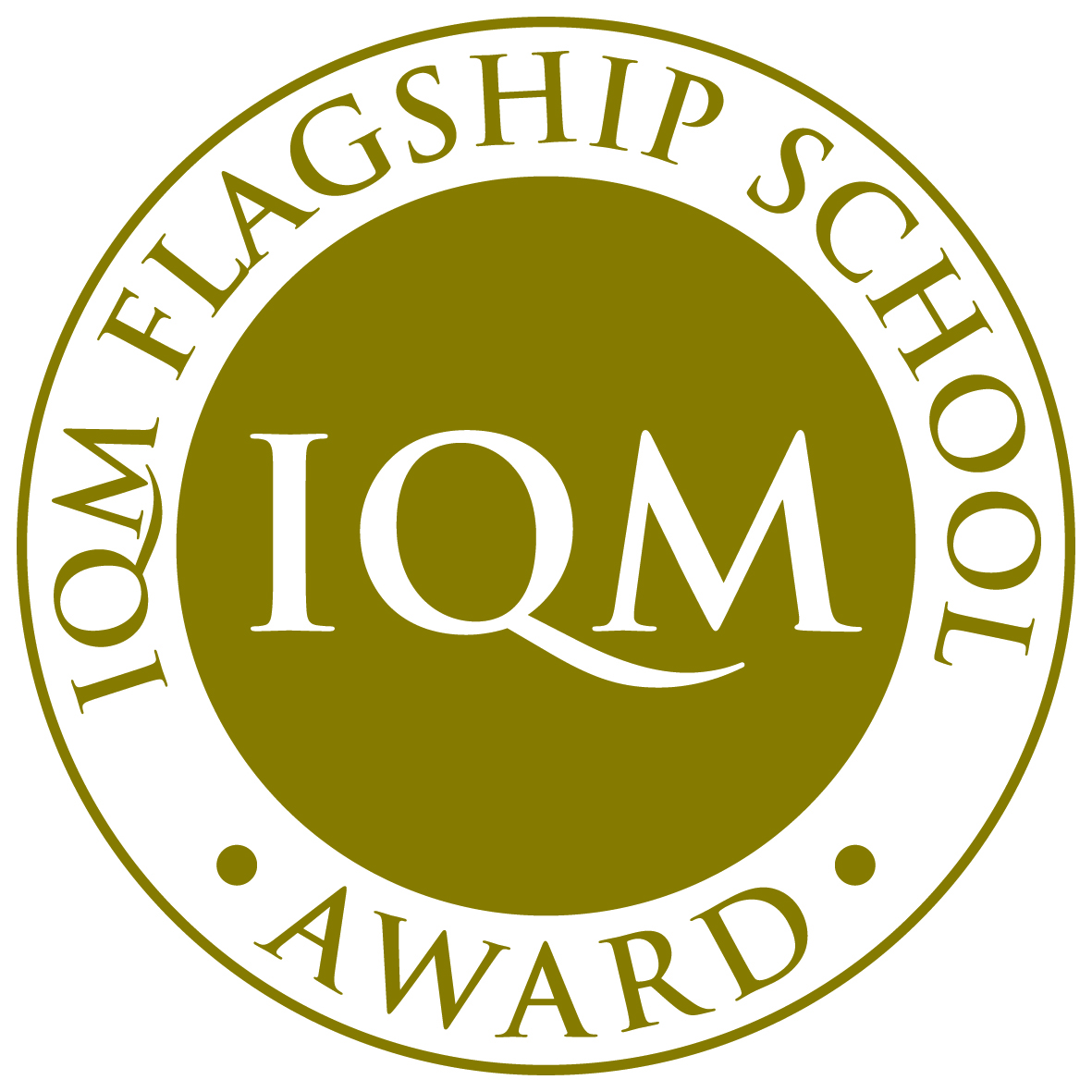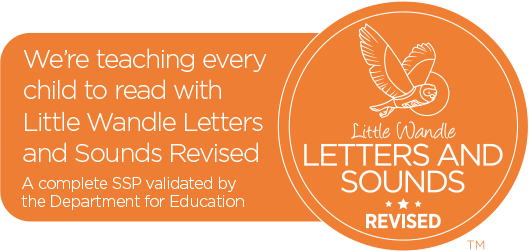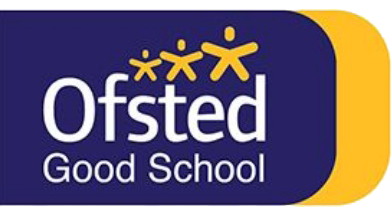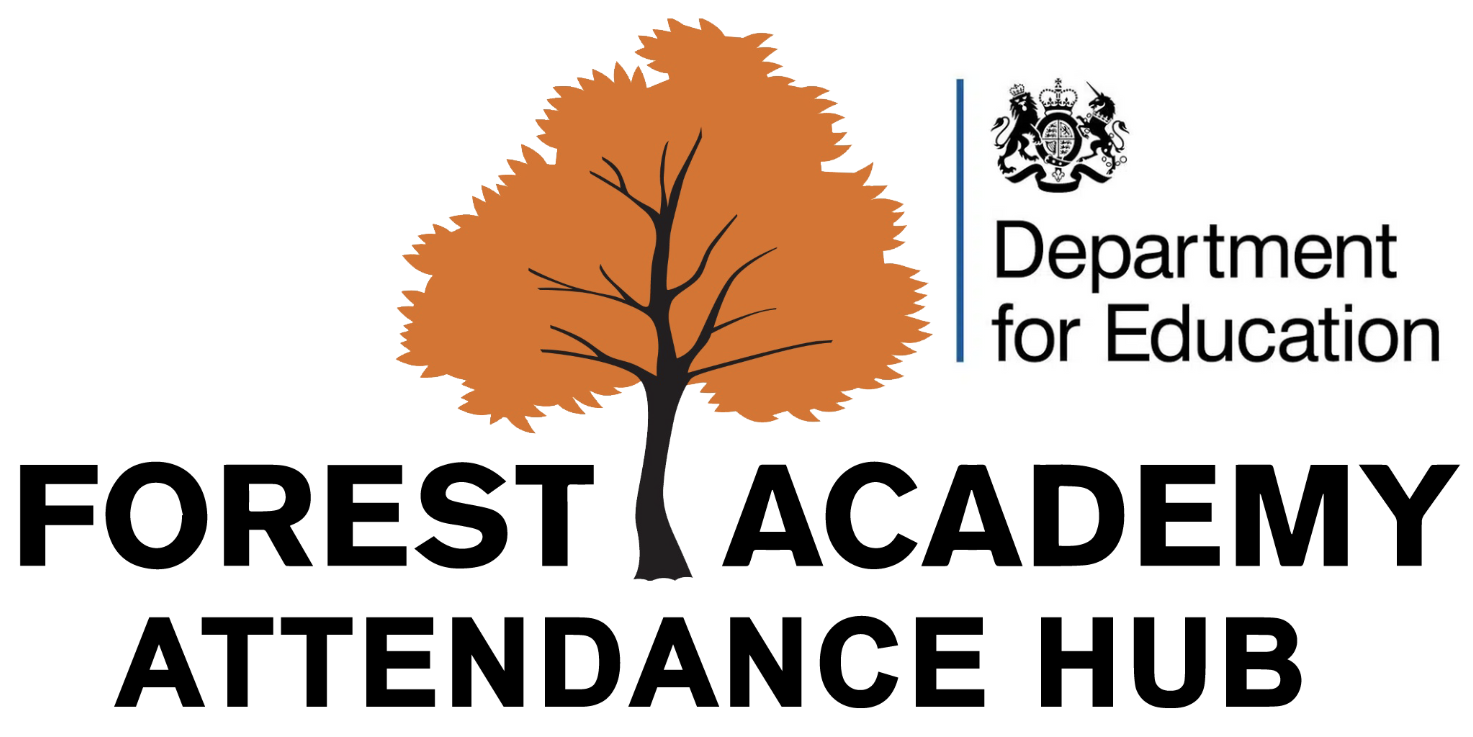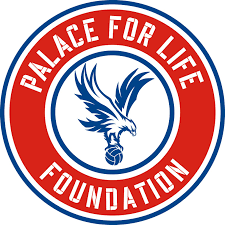EYFS
At Forest Academy, we believe that learning is most memorable for children when it is planned in a cross-curricular way, taking on board their interests and therefore, enabling children to make links throughout their learning. We always ensure our activities include challenges for all learners, opportunities for children to develop through play and real life experiences with lots of interaction from adults and peers. We have high expectations of both staff and pupils and always strive to achieve outstanding outcomes.
A DAY IN THE LIFE OF A RECEPTION CHILD
The EYFS curriculum is divided into seven areas of learning and development, the Prime Areas are particularly crucial for igniting children’s curiosity and enthusiasm for learning, and for building their capacity to learn, form relationships and thrive. The Specific Areas help to strengthen and apply the prime areas.
Prime Areas
There are three prime areas of learning. Learning in these areas ensure children feel happy, secure and settled in the school and provide the foundations for all future learning. During the first term, we begin the child’s first experience of school by focusing the topic around them and their families which enables them to engage in a subject they know the most about. Our children become confident, active and independent learners who enter Key Stage 1 with the skills that they need to thrive and succeed throughout their learning journey.
Personal, Social and Emotional Development
This area of learning provides opportunities for children to develop positive attitudes about themselves and those around them. Children are valued members of the class and are encouraged to shape their own identity through an increasing awareness of their own needs and the needs of others. This prime area of learning helps children to develop positive attitudes to learning, to be cooperative and communicative. It helps children to develop an understanding of what is right and wrong and promotes the ability to consider reasons why. It supports the development of social skills by providing opportunities for children to learn how to socially respond and work with one another.
Physical Development
This area of learning allows children to develop and practise the control they have over their own bodies. It encourages confidence and skill in large gross motor movements such as running, jumping, climbing, hopping, cycling etc. Through carefully planned activities, children develop their spatial awareness and coordination, whilst at the same time enhancing the fine motor skills that they will need to develop holistically. These fine motor skills involve the ability to control the use of one-handed tools and equipment e.g. digging tools, paint brushes, mark-making and writing tools. This area of learning is also vital in supporting a developing understanding of how their bodies work and what they need to be healthy and safe, (including knowing when they are hungry, cold, hot or thirsty etc.) and how they are able to best meet these needs.
Communication and Language
This area of learning supports the development of the skills needed to talk confidently in a wide range of situations and provides opportunities to learn and use new vocabulary. It helps children to respond to their peers and adults in an environment where speaking and listening are highly valued skills. Our children learn to communicate and respond in a variety of contexts and become confident in expressing their own thoughts and ideas while taking into account the thoughts and ideas of others. Children are able to explore, enjoy, learn about and use words and text in a broad range of contexts, including through stories, role play and drama
Specific Areas
There are four specific areas of learning which are supported by learning through the prime areas and allow children to become confident active learners. Through these areas, children broaden their knowledge of the world around them and develop essential skills and knowledge to ensure they have the best possible start to their learning journey.
Literacy
This area of learning supports the development of linking sounds to letters and understanding that from this we can read and write. Children will begin to recognise print in their environment and start to understand that print carries meaning. Our children learn the importance of reading and writing through stories, songs, poems, mark making and writing in a variety of different contexts and for different purposes using a wide range of media. Classrooms have book corners and there are writing areas that promote independent active mark making and writing. Phonics is taught on a daily basis using Little Wandle Letters and Sounds.
Mathematics
This area of learning provides opportunities for children to develop their understanding of number, measurement, pattern, shape and space by providing a broad range of contexts in which they can explore, enjoy, learn, practise and talk about numbers and shapes. Children learn to understand and respond to the symbols that represent numbers and what this means in real contexts. They develop an understanding of shapes and numbers which is then extended to problem solving. The maths area of learning aims to provide children with the opportunity to develop enjoyment and passion for the subject as well as allow them to understand the world around them and reason mathematically.
Knowledge and Understanding of the World
This area of learning provides opportunities for children to solve problems, question, make decisions, experiment, predict, and plan in a variety of contexts and to explore and find out about their environment. It develops their senses and understanding of their physical world. This is further supported through visiting forest school and having the everyday experiences of the outdoor environment. By engaging with the world around us, children learn more about people and communities and the world in which they live.
Creative Development
This area of learning provides opportunities for children to explore and share their thoughts, ideas and feelings through a variety of art, design and technology, music, movement, dance, imaginative and role-play activities. They are presented with opportunities to experiment with different media, resources and a range of activities which inspire and stimulate their creativity.



